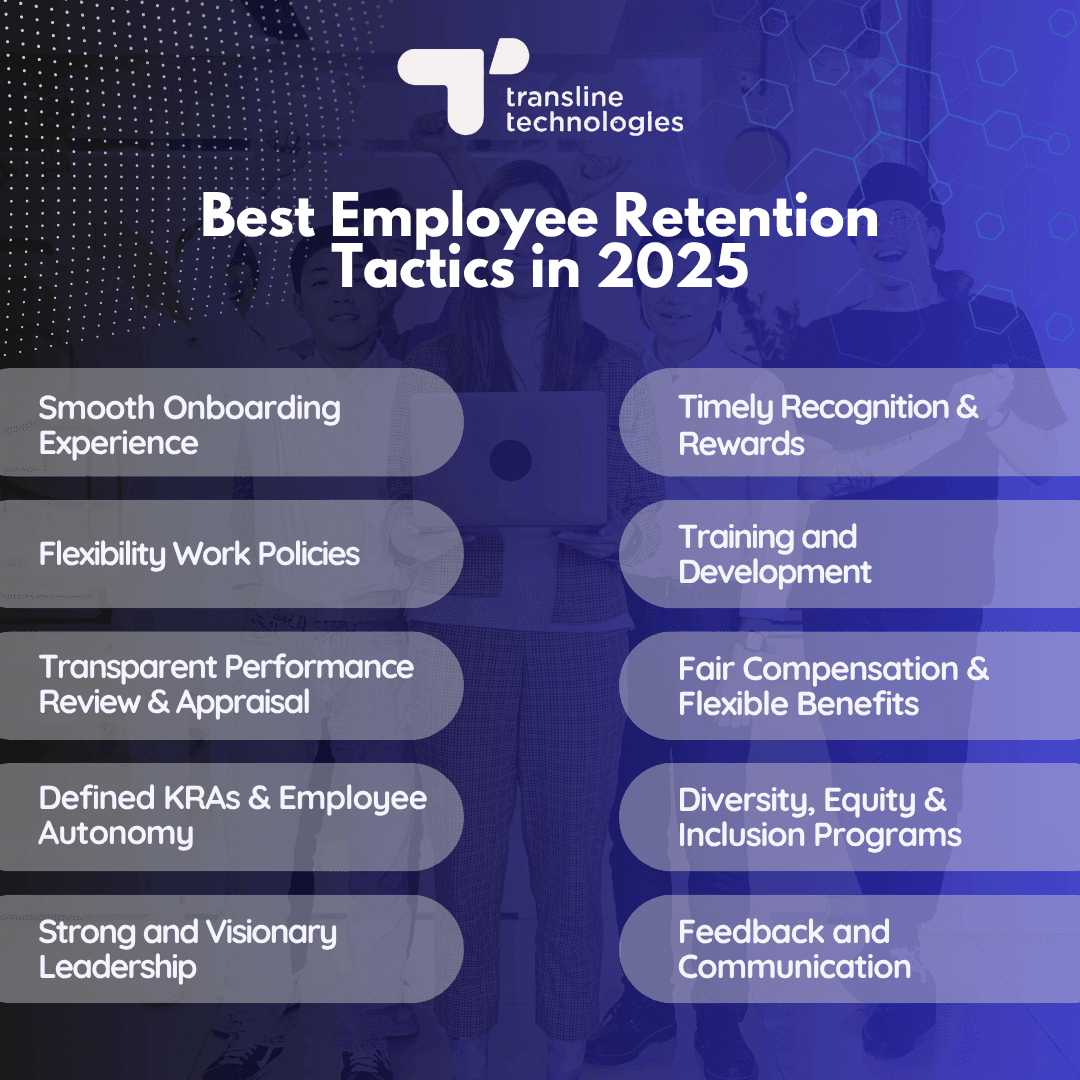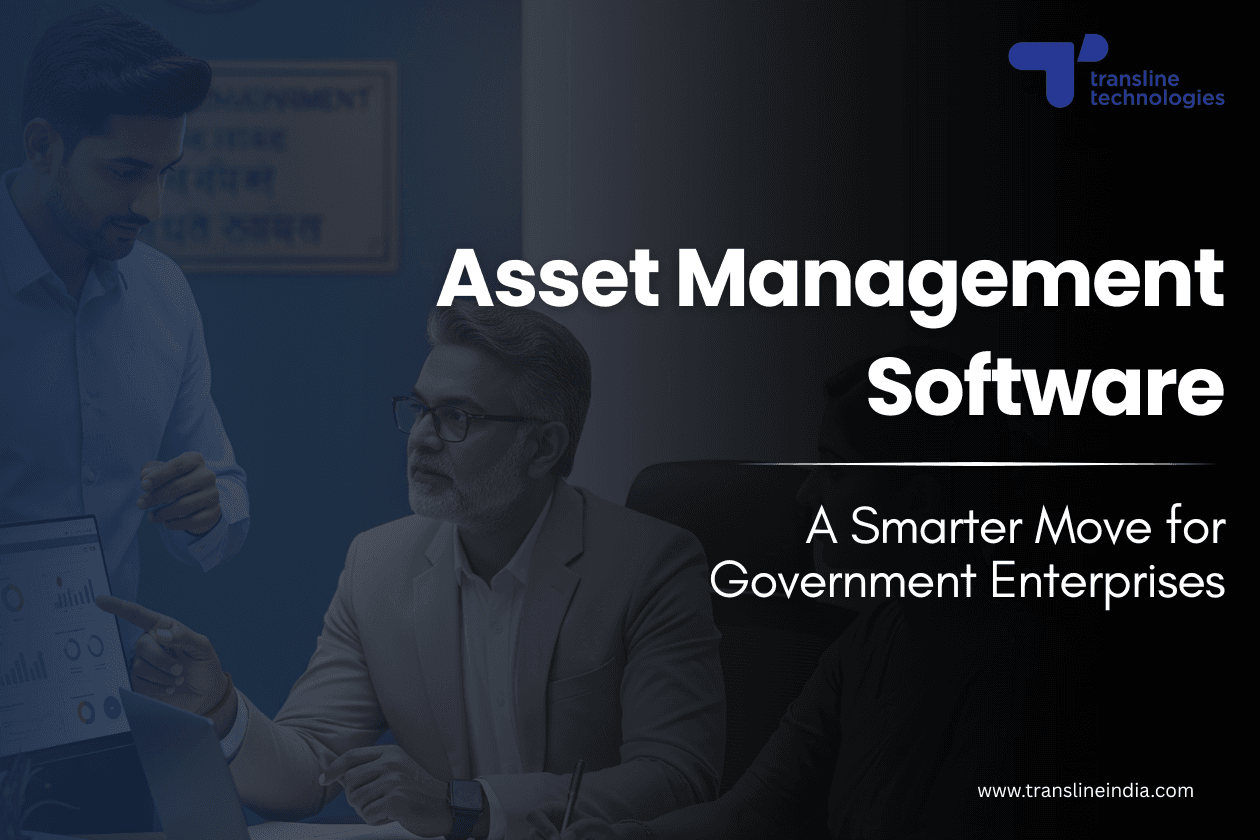
Employee retention is a growing challenge for tech companies in 2025, especially in a fast-paced and competitive industry. With talent constantly in high demand, retaining skilled employees is not only vital for company growth but also crucial for maintaining a positive work culture and high levels of productivity. Tech companies, in particular, face unique challenges when it comes to attrition, with employees seeking not only compensation but also opportunities for growth, flexibility, and meaningful work. This blog will explore the top employee retention strategies that tech companies should adopt to stay ahead of the curve and minimize turnover in the year ahead.
What is Employee Attrition?
Employee attrition is a business term, commonly used to imply the gradual reduction in headcount of a company due to resignation and silent exits. In tech companies, where specialized skills are essential, talent attrition can have a significant impact on operations, projects, and company morale. Unlike layoffs, staff attrition is usually the result of employees choosing to leave. This phenomenon can occur for various reasons, ranging from career growth limitations to burnout. Understanding the reasons behind increasing attrition rate is crucial for developing effective workforce retention strategies to ensure the company maintains its competitive edge.
Key Reasons for Employee Attrition and Silent Exits
Tech companies often experience higher-than-average turnover due to a range of factors, including low salaries, limited growth opportunities, workplace burnout, and misalignment of values between employees and employers. Silent exits, where employees disengage without formally resigning, have become increasingly prevalent. These individuals may be less motivated, disengaged, or feel their efforts are undervalued. Employees in tech roles may also leave due to lack of recognition, challenging work-life balance, or a desire for more autonomy. Understanding these underlying reasons is crucial for designing targeted employee retention strategies that prevent both visible and silent exits.
Why Employee Retention Matters in Tech Companies?
In the tech industry, talent is a company’s most valuable asset. High attrition rates can lead to a significant loss of institutional knowledge, disrupt team dynamics, and result in expensive recruitment cycles. Retaining top employees ensures continuity in projects, maintains client satisfaction, and sustains innovation. Moreover, strong employee retention can create a company culture of loyalty and collaboration, which fosters a sense of stability and trust within teams. HR Retention strategies that align with the evolving needs of tech professionals help to ensure long-term success and mitigate the risks associated with high turnover.
What are the Best Employee Retention Tactics in 2025?
In 2025, employee retention tactics must evolve with the changing expectations of the workforce. Employees are no longer solely motivated by solely salary but are looking for opportunities to grow, feel valued, and maintain a work-life balance. Here we shall discuss some of the top workforce retention strategies that tech companies can adopt to ensure they retain their talent pool.
Smooth Onboarding Experience
A seamless onboarding experience can significantly impact an employee’s decision to stay long-term, and hence boost overall staff retainment metrics for a tech company. In 2025, employees expect a well-organized onboarding process that introduces them to company culture, tools, and their role within the team efficiently. A strong onboarding process, including smooth registration on the biometric attendance management tool, also helps new hires understand their expectations, integrate with teams, and feel welcomed. By providing proper training and support during the onboarding phase, companies ensure that employees are set up for success from day one, which in turn, fosters long-term commitment and minimises risks of silent exits.
Fair Compensation and Flexible Benefits
Nowadays, the perception of CTC packages is no more limited to a paycheck. Fair and competitive salaries, along with comprehensive benefits such as ESOPs, RSUs and flexible benefits for income tax exemptions, are essential for talent attraction and people retention. Flexible benefits, such as health and wellness programs, retirement plans, and parental leave policies, give employees a sense of security and well-being. Offering flexibility in how these benefits are structured allows employees to choose what best suits their needs, making them feel valued and cared for. This personalized approach can increase employee loyalty and reduce employee turnover. Many tech companies are considering special retention incentives and attractive employee retention benefits for staff retainment.
Transparent Performance Review and Appraisal
Transparent and regular performance reviews play a crucial role in employee retention. In tech companies, where roles and responsibilities can evolve rapidly, clear communication about an employee’s performance, expectations, and growth opportunities is essential. Annual appraisals should be complemented by ongoing feedback to ensure that employees have a clear understanding of their career trajectory. Transparent reviews also foster a sense of fairness and recognition, motivating employees to perform at their best and stay committed to the organization.
Setting the Right KRAs and Employee Autonomy
Setting the right Key Result Areas (KRAs) is crucial for every employee to have a clarity of the expectations from their role in the organisation. KRAs should align with both organizational goals and individual career aspirations. All great organisations empower their employees by ensuring a right balance between autonomy, KRA ownership and structural control. Autonomy in decision-making allows employees to feel trusted and valued, which can significantly reduce turnover rates. Empowered employees are more likely to stay with companies that provide them with this level of responsibility and independence.
Strong and Visionary Leadership
Leadership plays a crucial role in employee retention. In tech companies, where fast-paced environments can lead to stress and burnout, employees look to their leaders for guidance, support, and vision. Strong leaders inspire, communicate effectively, and align team goals with the company’s overarching vision. Visionary leaders shape and reshape organisational cultures to eliminate toxic workplace environments. When employees feel that leadership has a clear direction and values their contributions, they are more likely to stay engaged and loyal to the company. Visionary leadership fosters an environment where employees feel excited about the future of the company, and hence your company is less likely to witness employee exits.
Timely Recognition and Rewards
Recognizing employee achievements in real-time helps build a culture of appreciation and reinforces positive employee behavior. Timely recognition can be as simple as a thank-you message or a public acknowledgment during team meetings. In addition to informal recognition, structured reward programs and employee retention benefits, such as bonuses, gratuity allowances, awards, or career advancement opportunities, show employees that their efforts are valued. Acknowledging and rewarding employees regularly boosts morale and helps prevent feelings of underappreciation, which can lead to higher employee turnover rates.
Training and Development
Investing in training and development opportunities is one of the most effective ways for retaining your employees. Tech professionals value growth opportunities that allow them to enhance their skills, keep up with industry trends, and advance in their careers. Offering access to learning platforms, certification programs, or internal workshops ensures employees feel supported in their professional growth. Some tech companies are also experimenting with attaching employee retention incentives with training programs, so that the young tech talent feel motivated to upskill themselves, while also adding value to the company’s knowledge-base. When companies invest in HR retention strategies that focus on their employees' learning and development, it demonstrates a long-term commitment to their career progression and fosters loyalty.

Flexibility Work Policies
As more and more corporate employees are prioritising work-life balance, flexibility in work location and office-timings is becoming an important factor in improving employee retention rate. With the rise of hybrid and remote work options, employees increasingly value the ability to balance their personal and professional lives. Flexible work hours, the option to work from home, and a focus on results rather than clocking in at specific hours can significantly enhance employee satisfaction. Companies that offer flexible work policies show that they understand the evolving needs of their workforce, leading to increased talent retention.
Diversity, Equity and Inclusion Programs
A strong commitment to diversity, equity, and inclusion (DEI) is critical for creating a welcoming and inclusive work environment. Employees are more likely to stay with companies that prioritize DEI and promote a culture of respect, fairness, and equal opportunities. Implementing DEI programs helps foster a sense of belonging, reduces discrimination, and creates a more collaborative work environment. An inclusive work environment with clear and transparent policies helps boost employee retention.
Feedback and Communication
Continuous feedback and open communication channels are vital for retaining employees. In tech companies, where rapid changes and challenges are common, employees need to feel heard and supported. Establishing regular check-ins, surveys, and feedback loops allows your employees to voice their concerns, share ideas, and receive constructive feedback. When your employees feel that their opinions matter and that the company values open communication, you are more likely to keep them engaged and retain your employees.
Role of HRMS in Implementation of Employee Retention Programs
Human Resource Management System (HRMS) is an essential tool for managing and streamlining employee retention strategies, and is one of the popular HR trends adopted in recent times. HRMS tools enable HR teams to track performance, benefits, training, and feedback in one centralized platform, making it easier to identify trends and areas for improvement. HRMS solutions can help implement personalized employee retention programs by offering data-driven insights into employee satisfaction, compensation trends, and career development progress. By automating tasks such as performance reviews, compensation adjustments, and training schedules, HRMS ensures that your employee retention tactics are consistent and efficient across the organization.
At Transline Technologies, we have leveraged our several years of expertise in the attendance and workforce management space to build IDONE, a secure, seamless, scalable Identity Management and HRMS solution for enterprises, governments, and organisations worldwide. IDONE streamlines workforce management with intelligent automation and multi-modal attendance capture, empowering organizations to boost employee experience, ensure compliance, and make smarter HR decisions.
Book a Demo Call with our Solutions Team today to explore how IDONE HRMS can help unlock new avenues of employee retention for your business.



